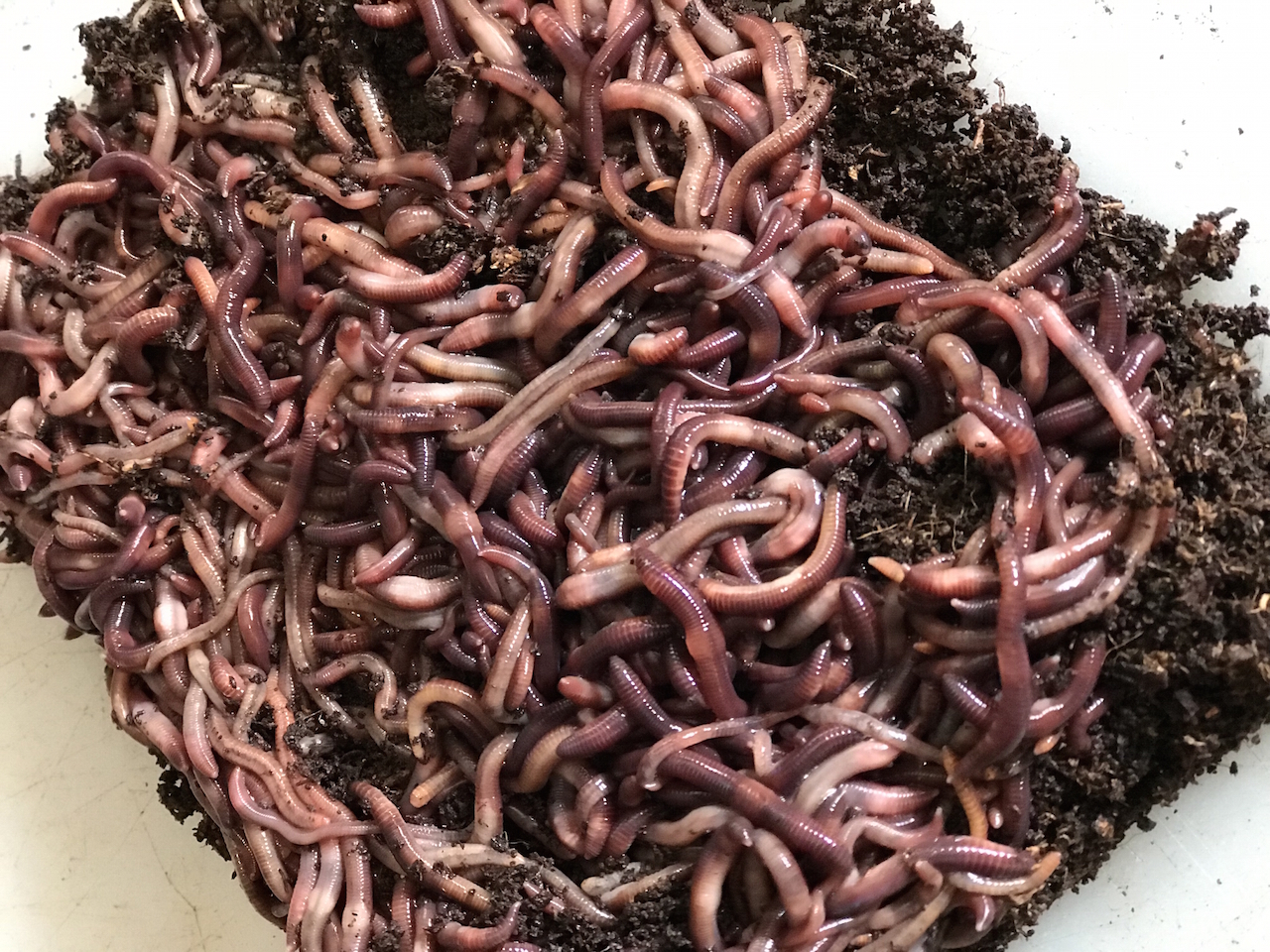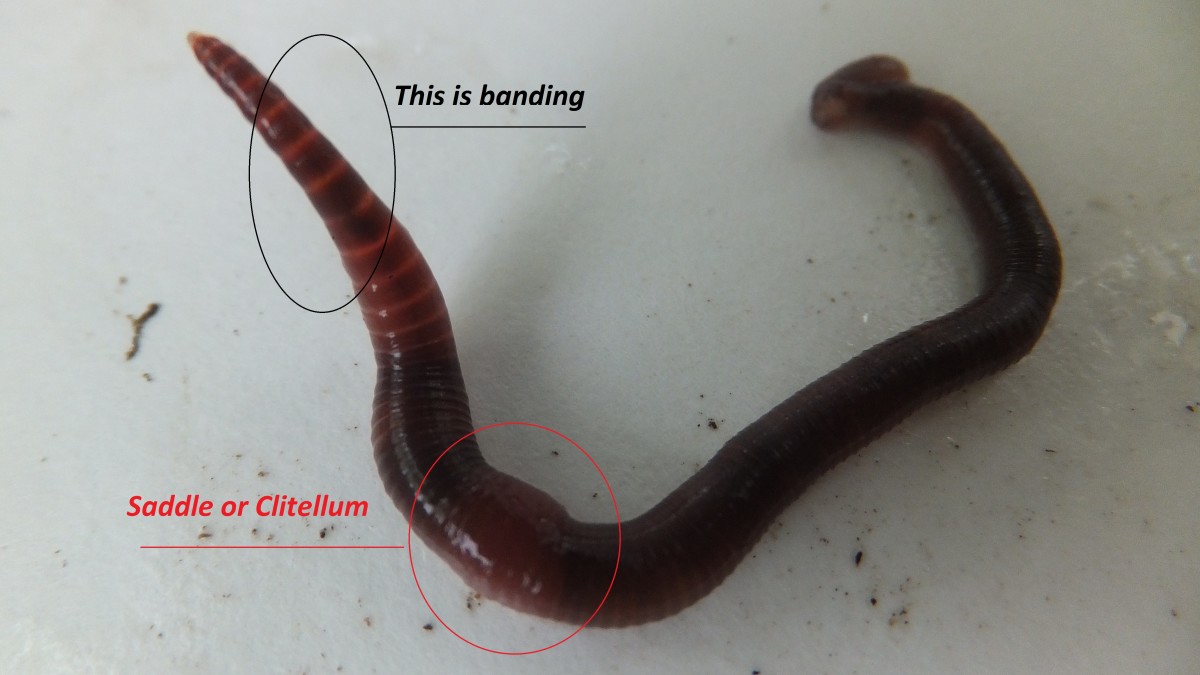Red Wiggler Worms Demystified: Opening the Secrets of Vermiculture for Greener Living and Nutrient-Rich Soil
In the realm of lasting methods for improving soil top quality and promoting eco-conscious living, red wiggler worms play a crucial yet commonly neglected duty. Red Wiggler Worms. Understanding the ins and outs of caring for these worms, optimizing their atmosphere, and using their castings can lead to a greener way of living and healthier soil for plants to thrive.
The Function of Red Wiggler Worms
Red Wiggler worms play a vital function in composting systems by efficiently damaging down organic issue into nutrient-rich spreadings. These starved eaters consume a selection of natural products, such as kitchen scraps, backyard waste, and paper items. As they feed, the worms' digestive system processes break down the natural issue into a penalty, dark, and nutrient-dense product called worm spreadings or vermicompost.
The spreadings produced by Red Wiggler worms are extremely valuable for dirt health and plant growth. They are rich in necessary nutrients like phosphorus, potassium, and nitrogen, which are essential for sustaining healthy and balanced plant development. Additionally, worm castings include useful germs and enzymes that aid boost soil structure, rise water retention, and enhance nutrient uptake by plants.
Benefits of Vermicomposting

Additionally, vermicompost, the nutrient-rich final result of vermicomposting, offers as an excellent organic plant food and dirt conditioner. It enhances dirt structure, improves dirt oygenation, and boosts dirt dampness retention. These residential properties add to much healthier plants with more powerful root systems and far better resistance to bugs and diseases. Vermicompost likewise improves the soil with crucial nutrients like potassium, nitrogen, and phosphorus, promoting plant development and overall dirt fertility.
Additionally, vermicomposting supports lasting horticulture methods by giving a all-natural and chemical-free alternative to artificial fertilizers. Red Wiggler Worms. This eco-friendly technique not just improves the dirt but also assists lower reliance on damaging chemicals, advertising a greener and more sustainable way of gardening
Establishing a Worm Container
When establishing a worm container for vermicomposting, proper configuration is vital to make sure the success of the composting procedure. The primary step in setting up a worm bin is selecting an appropriate container. This can be a plastic container or wood box that provides sufficient room for the worms to move and has appropriate drain openings to stop waterlogging. Next, a bed linens material such as shredded newspaper, cardboard, or coconut coir must be included in the bin. This bedding gives a comfy atmosphere for the worms and assists maintain moisture levels.
After including the bed linens, present the red wiggler worms to the container. The worms ought to then be provided with food scraps such as fruit and veggie peels, coffee grounds, and eggshells.
Consistently keep an eye on the wetness levels and temperature level in the worm bin to their website ensure optimal conditions for the worms. With correct arrangement and upkeep, the worm container will effectively transform organic waste right into nutrient-rich garden compost for your plants and garden.
Harvesting Worm Spreadings
To effectively accumulate nutrient-rich worm castings from your vermicomposting system, an organized harvesting method is essential. There are a couple of essential steps to comply with to make sure an effective procedure when it comes time to harvest the worm castings. To start with, stop adding fresh food scraps away of the worm container for a couple of weeks before collecting. This urges the worms to migrate sideways with fresh bedding and food, making it much easier to dig the spreadings from the various other side.

Troubleshooting Common Issues
Determining and resolving common difficulties that may develop throughout the vermicomposting process is critical for keeping a healthy and effective worm container. Adding excess food scraps can lead to a build-up of wetness and level of acidity in the worm bin, web possibly harming the worms. One more issue is unpleasant smells emanating from the worm container.
Additionally, if the worm populace is declining or the worms show up unhealthy, maybe due to ecological stress factors such as severe temperatures or pH degrees. Checking these aspects and making necessary changes is crucial for the health of the worms. By fixing these usual issues immediately, vermicomposters can guarantee a smooth and successful vermicomposting process while keeping a flourishing worm population.

Verdict
In final thought, red wiggler this worms play a crucial duty in vermiculture by damaging down raw material into nutrient-rich dirt. The advantages of vermiculture consist of greener living and improved soil high quality. Establishing a worm container is essential for effective vermiculture, and collecting worm spreadings supplies useful compost for gardening. By understanding and repairing usual problems, individuals can unlock the keys of vermiculture for lasting living and healthier soil.
As they feed, the worms' digestive system procedures break down the organic matter right into a penalty, dark, and nutrient-dense product recognized as worm castings or vermicompost.
The spreadings generated by Red Wiggler worms are very advantageous for soil wellness and plant growth. Adding excess food scraps can lead to an accumulation of wetness and acidity in the worm container, potentially harming the worms.In addition, if the worm population is declining or the worms show up harmful, it can be due to environmental stressors such as severe temperature levels or pH degrees. Setting up a worm bin is important for successful vermiculture, and harvesting worm castings gives beneficial compost for gardening.